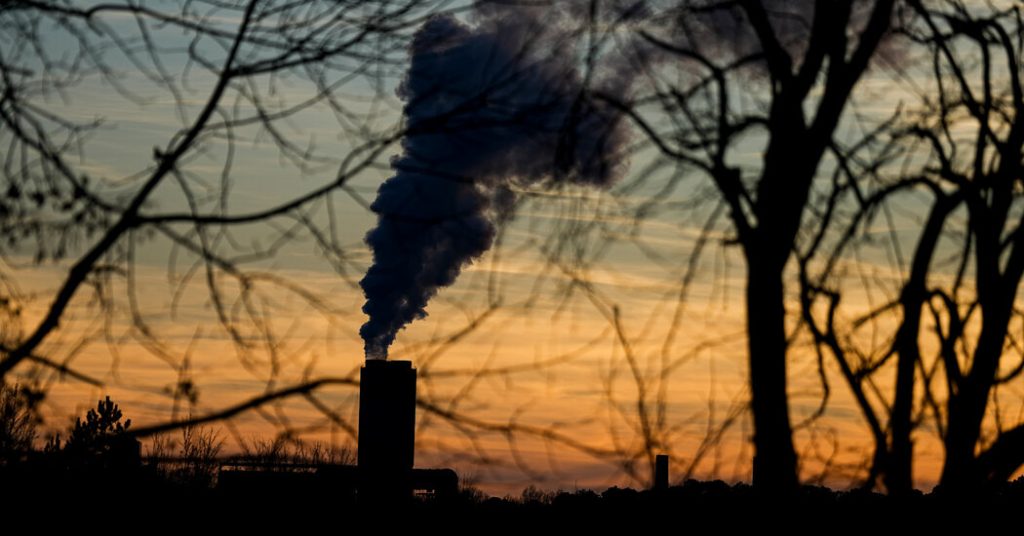The Biden administration has introduced new regulations aimed at reducing toxic and planet-warming pollution from coal-fired power plants, which are the dirtiest source of electricity in the United States. These regulations include measures to significantly reduce carbon dioxide emissions, as well as emissions of mercury, toxic ash, and wastewater. It is expected that these rules will result in the closure of nearly all remaining coal plants in the country by 2040.
The new rules are considered a big deal because they are the most sweeping environmental regulations that the coal industry has had to face. While operators of coal plants have had to comply with previous regulations by installing technologies like scrubbers, the new standards are seen as impossible to meet. There is currently no widely used technology that can significantly reduce carbon dioxide emissions from power plant smokestacks, making compliance costly and difficult for the industry.
Under the new regulations, existing coal plants that are expected to operate through or beyond 2039 must reduce their greenhouse gas emissions by 90 percent by 2032. Plants scheduled to close by 2039 would need to reduce their emissions by 16 percent by 2030. However, due to the aging nature of the existing coal plants in the country, many may shut down before they have to meet the stringent limits. More than 200 coal plants have closed in the past decade, with the average age of surviving plants close to 50, and a quarter of the existing plants already slated for retirement.
Coal-fired power plants are located throughout the United States, with states like Pennsylvania, Texas, Indiana, Wyoming, Kentucky, West Virginia, and Iowa having the largest numbers of these facilities. Coal use in the country has significantly declined since 1990 when it produced half of the nation’s electricity. In 2023, coal was responsible for only 16.2 percent of electricity generation, while renewable energy sources like wind, solar, hydropower, biomass, and geothermal made up 21.4 percent of power generation. Natural gas was responsible for 43.1 percent of electricity generation.
However, the new rules could potentially be overturned through legal challenges from Republican-led states and the coal industry, as well as through the efforts of a second Trump administration. Former President Donald J. Trump has expressed intentions to promote fossil fuels and roll back Biden’s regulations if he were to be elected in November. The Supreme Court has also played a role in restricting the EPA’s ability to regulate power plants, which could impact the implementation of these new regulations.








